Homeowners insurance protects your home and property against damage caused by specific events. It also covers your living expenses when relocated due to a covered calamity.
There are five types of coverage: dwelling, other structures, personal property, loss of use, and personal responsibility. Each has a different set of rules, so it’s essential to understand each area before making an insurance purchase.
Table of Contents
Dwelling Coverage
Dwelling coverage is a part of the umbrella under your homeowners’ insurance policy that helps you cover damage to the home and its contents. It helps pay to repair or rebuild your home after a covered loss, including damage to the foundation, walls, roof, and other significant parts of your house.
When you get dwelling coverage, it’s a good idea to ensure that it covers the entire cost of replacing your home if a covered peril destroys it. Therefore, your dwelling coverage limit should be based on the amount it would cost to replace your home, and you can use various methods to calculate this.
Your dwelling coverage limit also affects the other limits and benefits available under your homeowners’ insurance policy. For example, your personal property and loss of use coverages typically are calculated as a percentage of your dwelling coverage limit.
Personal Liability Coverage
Personal liability coverage is an optional component of home insurance, such as Kin Insurance, that protects you and members of your household from personal injury and property damage claims caused by another person’s negligence. This type of coverage helps to pay for legal fees, medical expenses, and repair or replacement costs associated with a liability claim.
Homeowners’ policies typically have liability limits of up to $100,000, but you can increase these limits for an extra premium. If you have significant assets and want broader protection, consider an umbrella policy offering increased personal liability coverage.
Liability covers bodily injury or property damage caused by you, a family member, a guest, or anyone listed on your policy, including your children or pets.
If someone is injured on your property and you are held accountable, your liability coverage can assist in paying for their medical expenses, lost earnings, and pain and suffering. Additionally, it can help cover legal fees and death benefits if they die on your property. It is essential if you own your home outright and don’t have other assets to fall back on in the event of a lawsuit.
Other Structures Coverage
Other structures coverage, also known as Coverage B, is a portion of your homeowners’ insurance that covers detached buildings on your property that aren’t considered a part of the dwelling. That includes fences, garages, sheds, and gazebos, among others.
This section of your policy would pay to repair or replace those buildings if they’re damaged or destroyed by a covered peril. However, it won’t cover anything stored within them.
The amount of other structures coverage you need will depend on the value of your attached buildings. Other structures’ coverage is typically calculated at 10 percent of your dwelling coverage limit.
When calculating this, you’ll want to tally up the total replacement value of all your detached structures. For example, if you have a pool that could cost $50,000 to replace, you’ll need more other structures coverage than the $30,000 you currently have.
You can raise your other structures’ coverage by adding a replacement-cost endorsement. It costs around $4 a year for each $1,000 of additional coverage.
Personal Property Coverage
Personal property coverage (or Coverage C in a homeowners policy) pays to replace items such as furniture, clothes, appliances, and more if damaged or stolen due to a covered peril. Examples of covered perils include fire, burglary, and vandalism.
The kind and worth of your items will determine the quantity of coverage you require. Please list all the things you have and then estimate their worth.
You can also consider purchasing replacement cost coverage, which pays for your belongings up to their actual cash value – minus any depreciation incurred due to age or use. Again, this type of insurance is typically the least expensive.
You can also add special endorsements to your personal property coverage that increase the money you can receive in the event of a loss. These endorsements may include higher limits for jewelry, art, silverware, and other valuables.
Loss of Use Coverage
Loss of use coverage (sometimes called additional living expenses) is protection available under homeowners insurance. It helps you cover the cost of temporary housing, rental expenses, and food while you’re away from home following a covered loss.
It pays for the extra expenses you usually incur while living away from your home, such as dining out more often or gas costs if you stay in a hotel farther from work. Depending on your policy limits, it can pay out until your home is repaired or you permanently relocate to another area.
Most policies limit ALE coverage, but some insurers provide unlimited protection. The amount of ALE coverage you need depends on the size of your home and how long it will take to rebuild it. If you live in a rural area where it takes longer to repair your home, consider asking your insurance agent to bump your ALE limit. Some insurers even offer cash advance reimbursements for ALE claims if you ask for them. However, be sure to keep all receipts and documents related to your ALE claim.















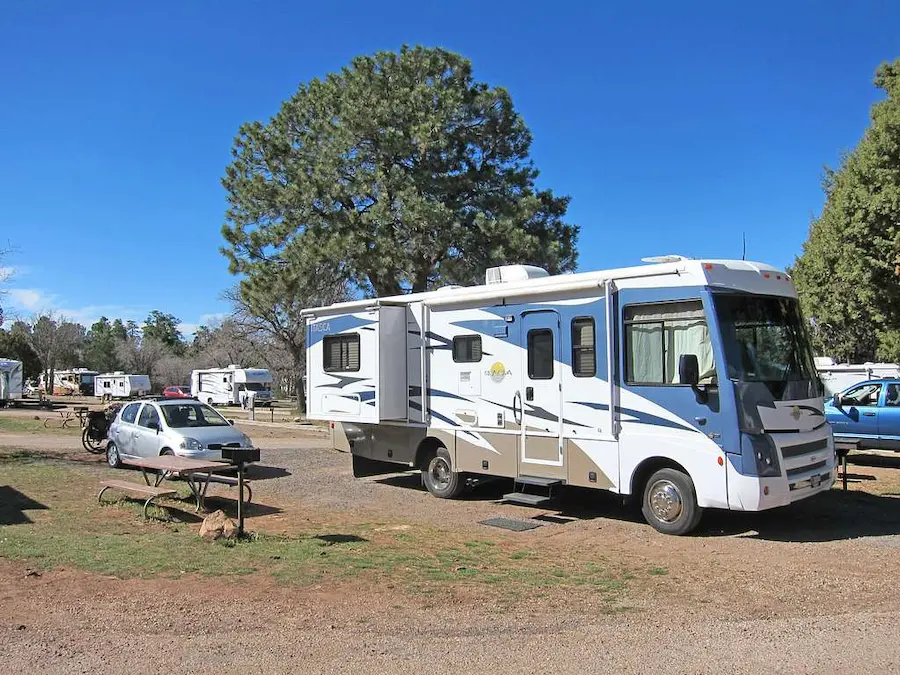



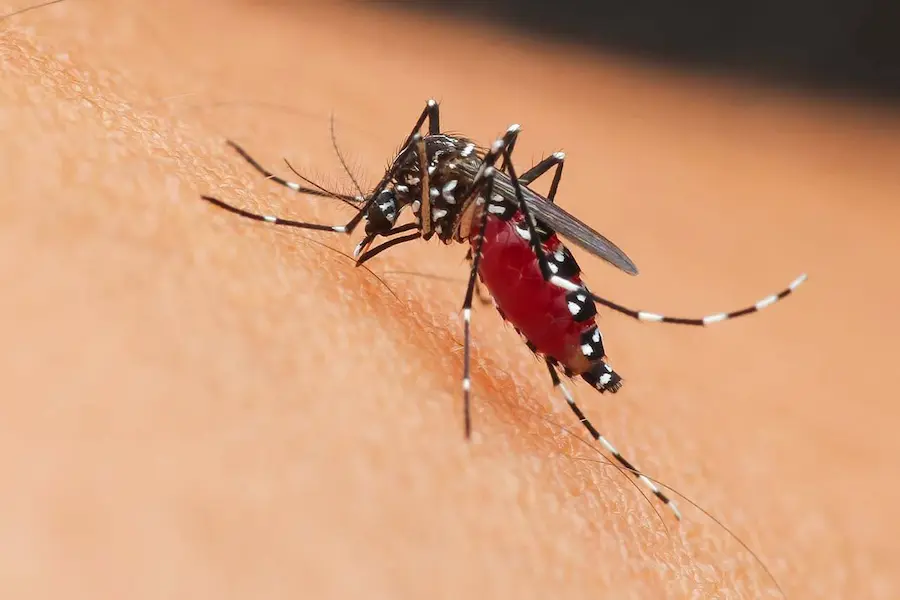






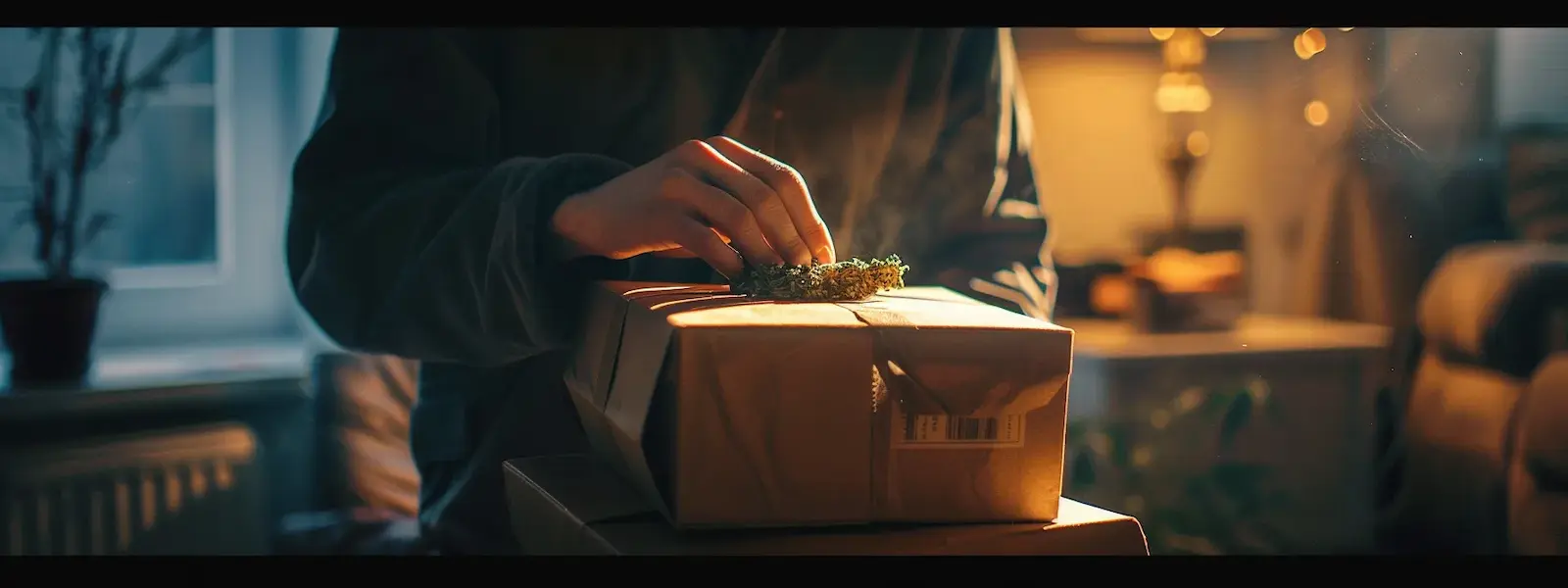







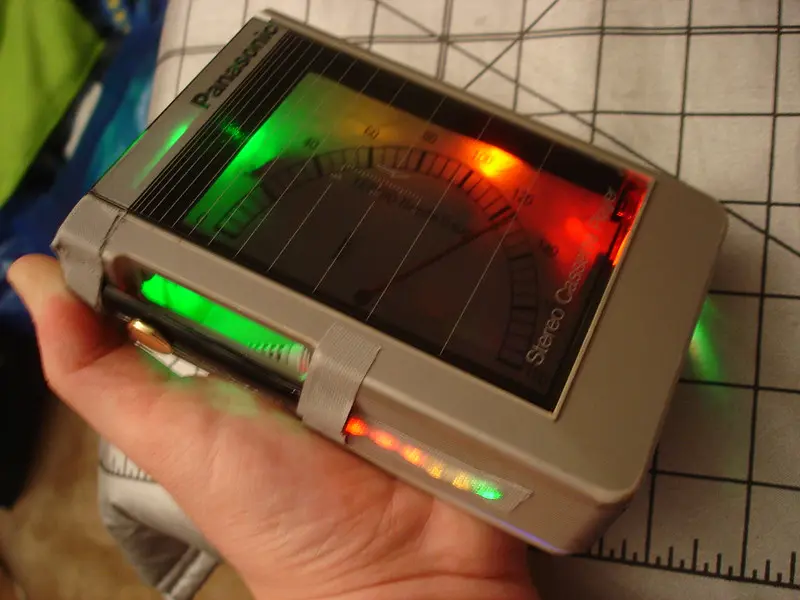











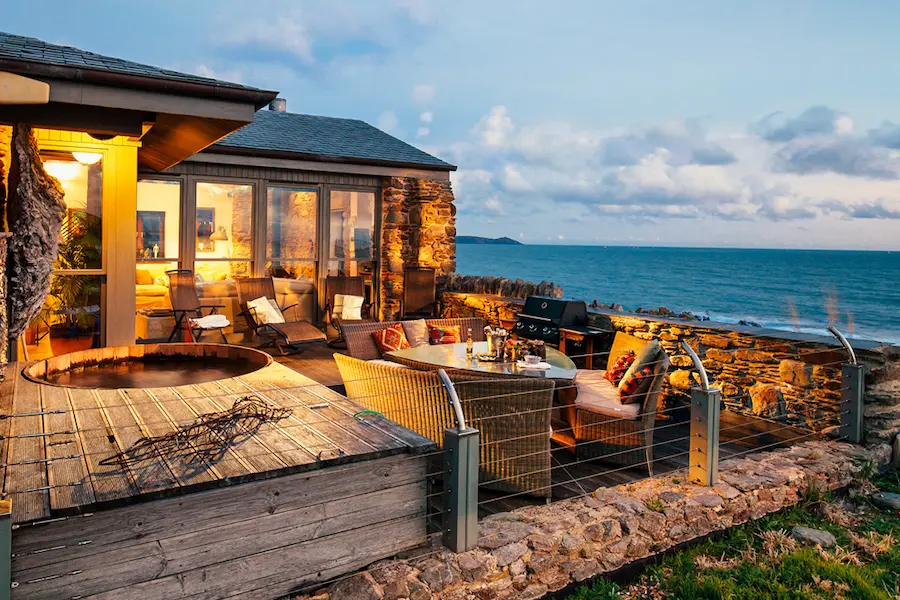






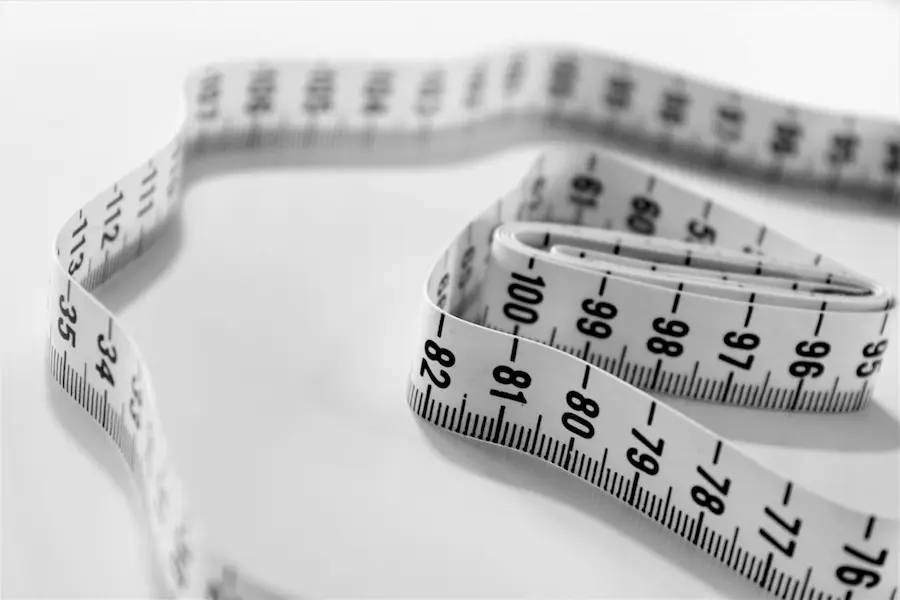
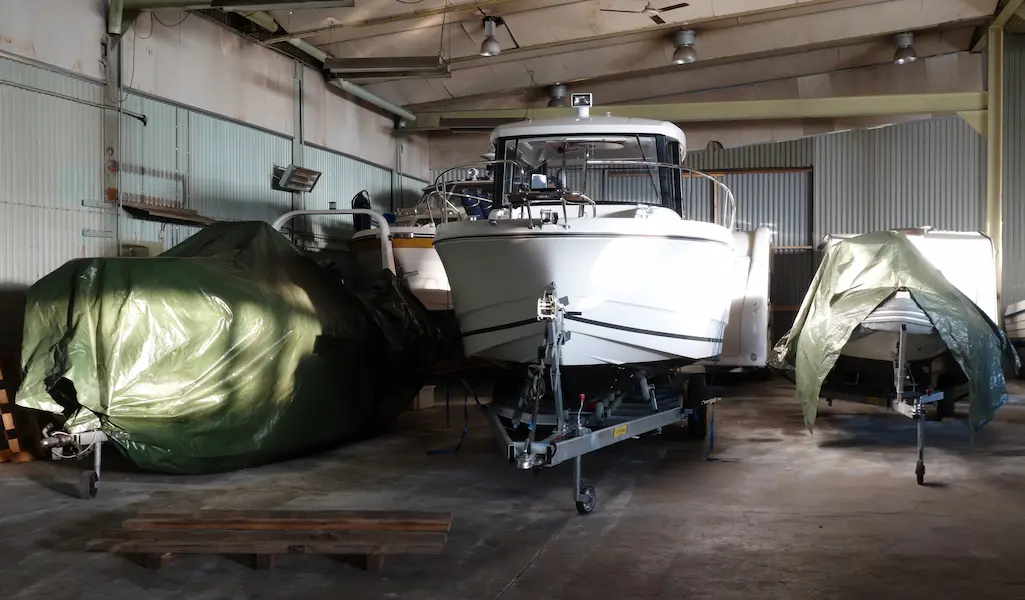




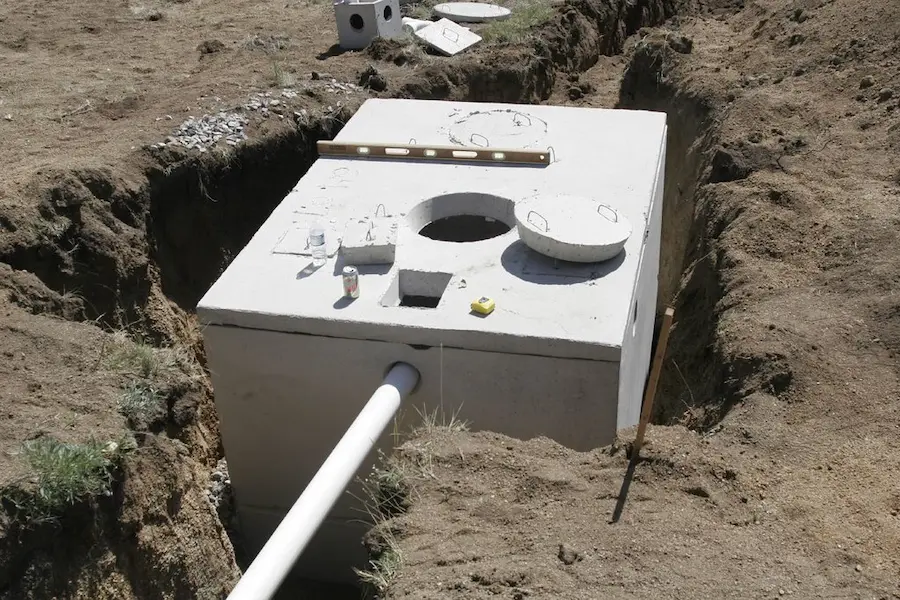




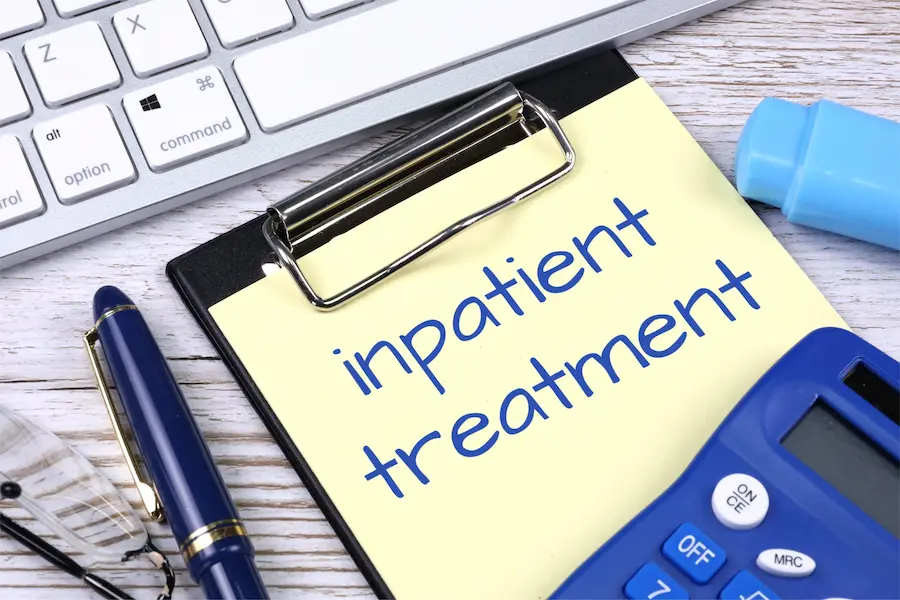



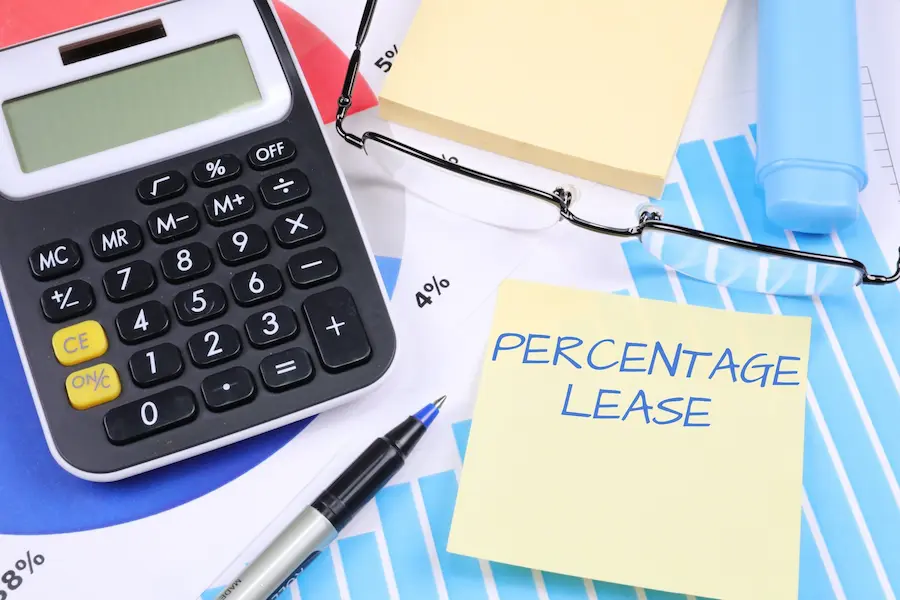









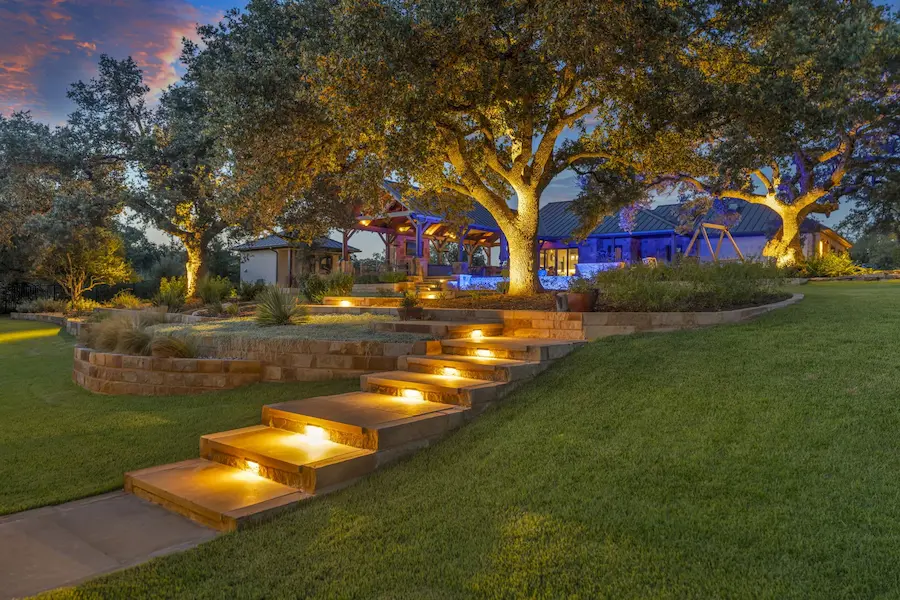

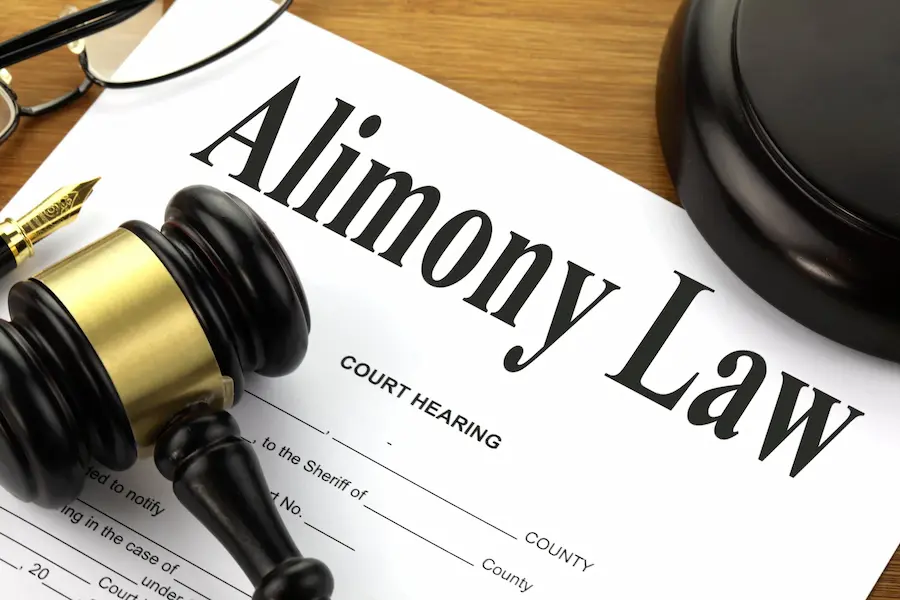
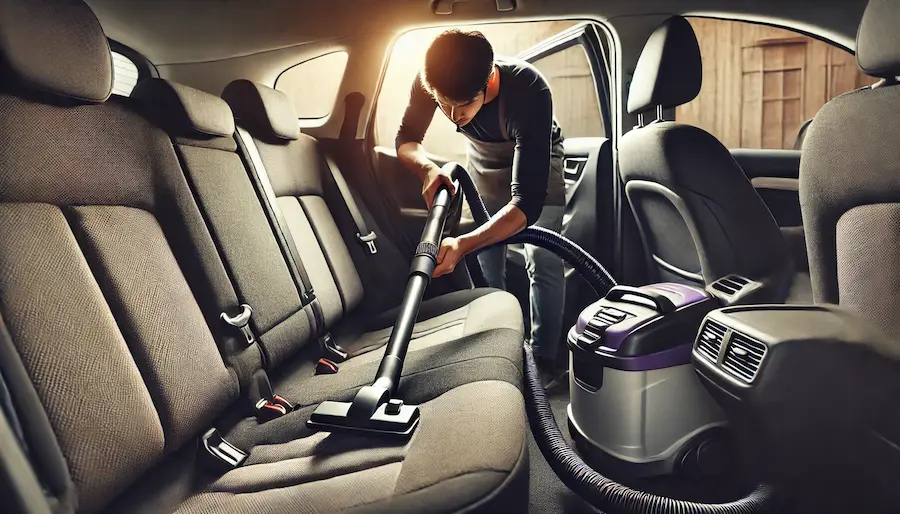

















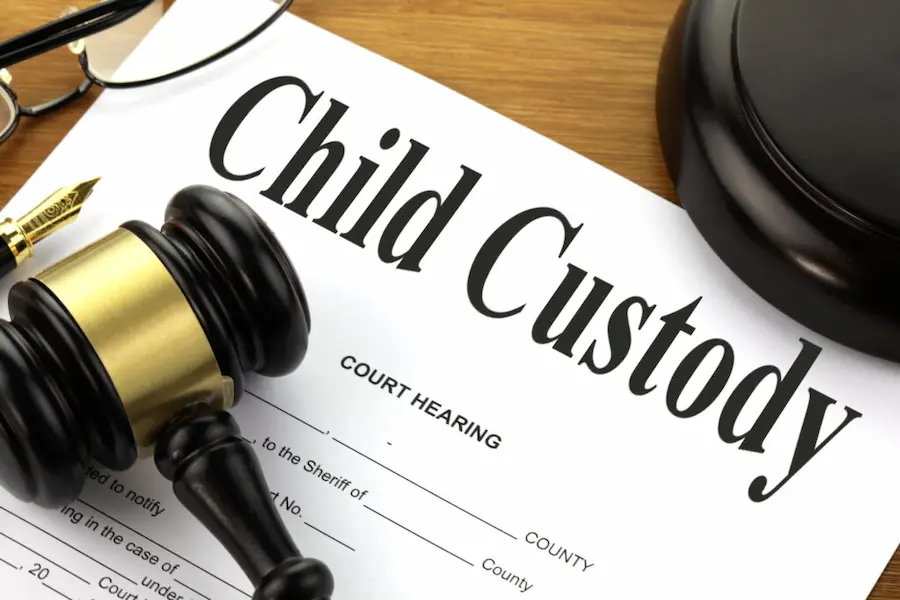

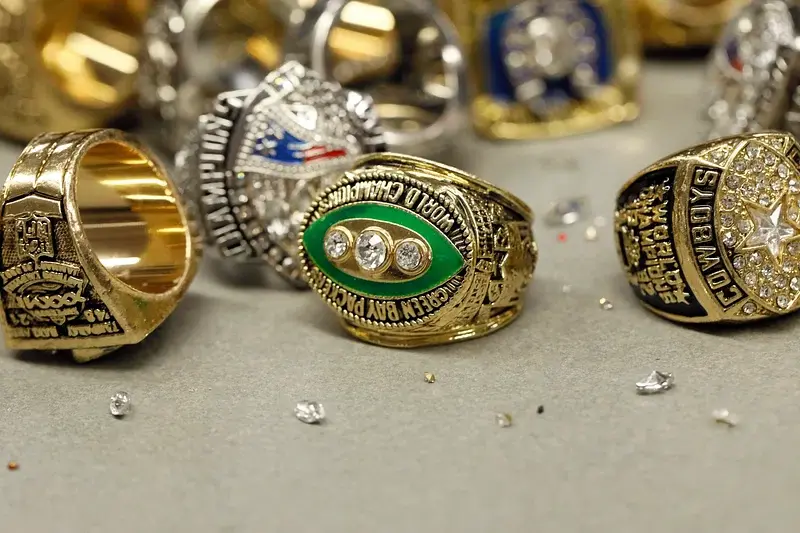










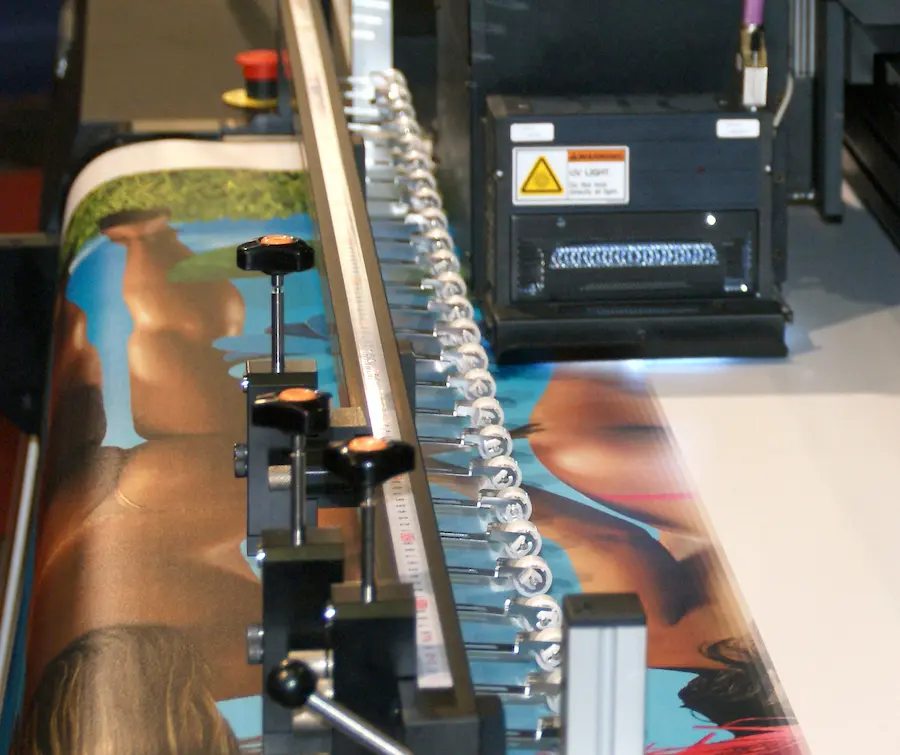

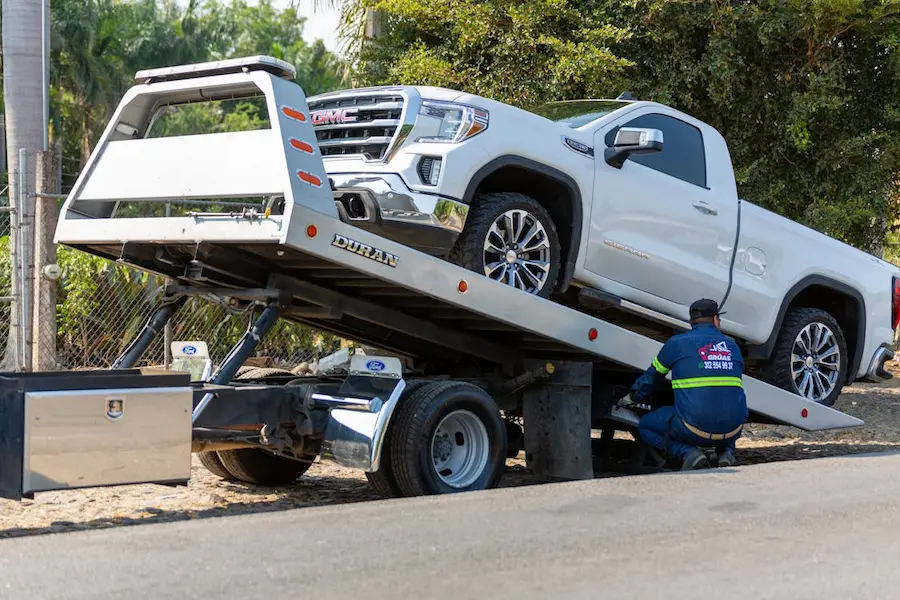
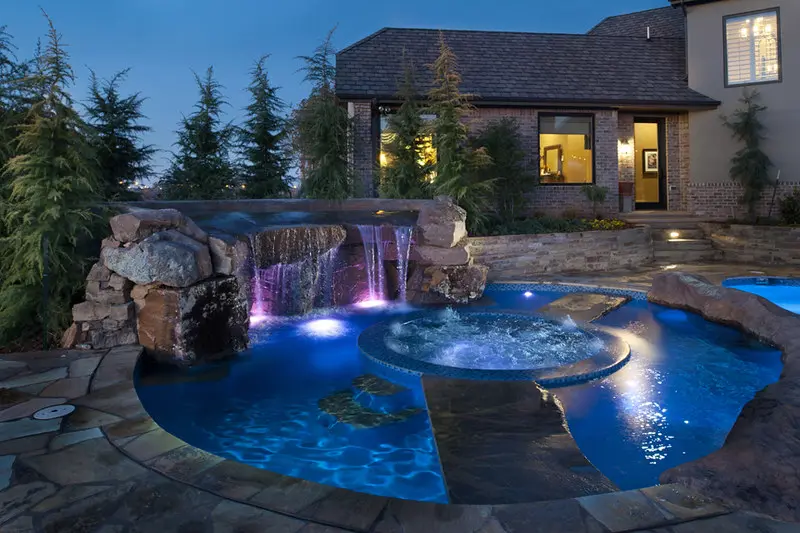


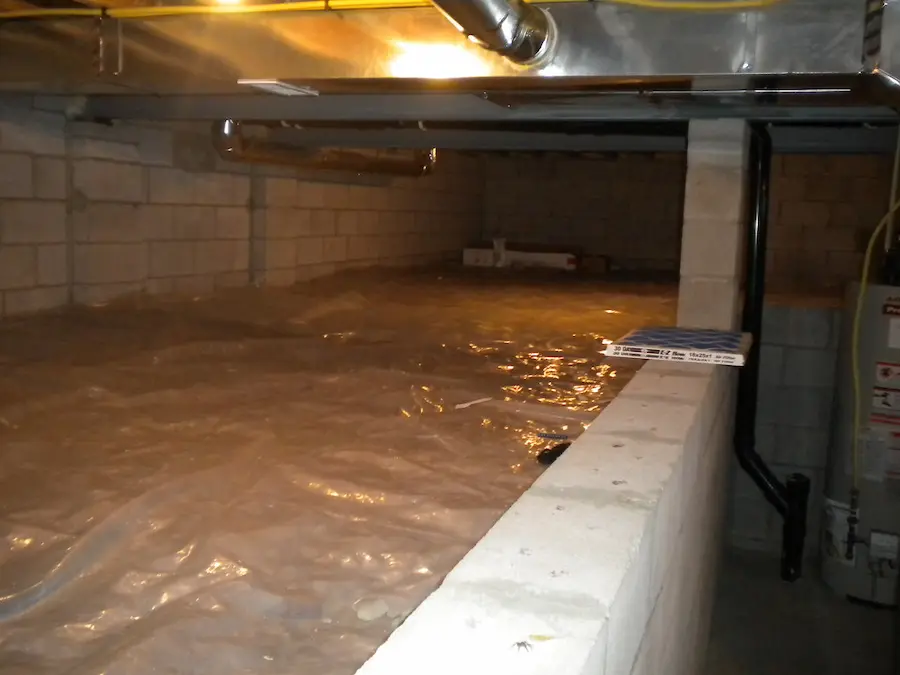
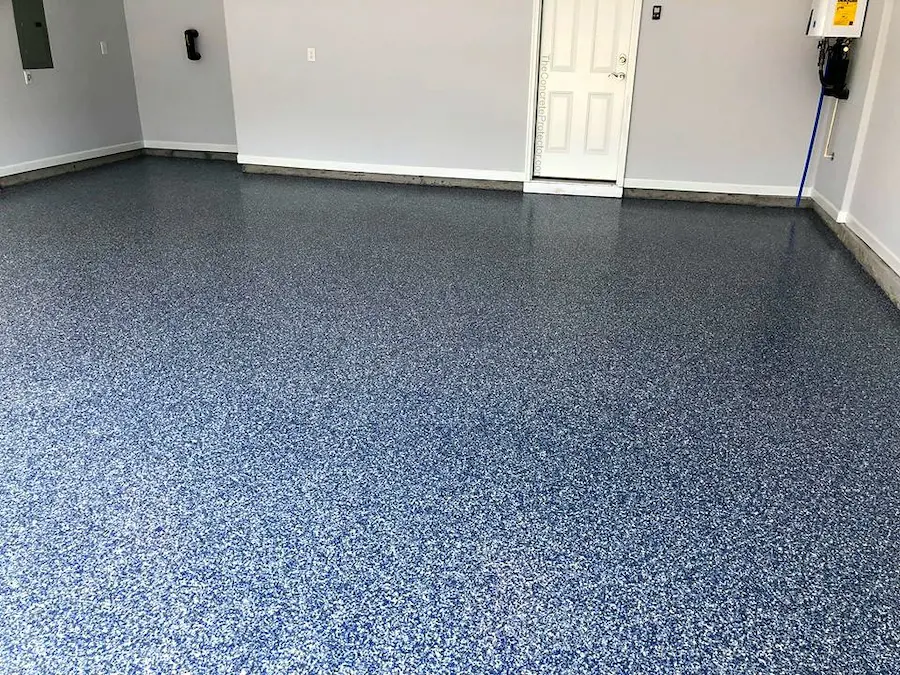



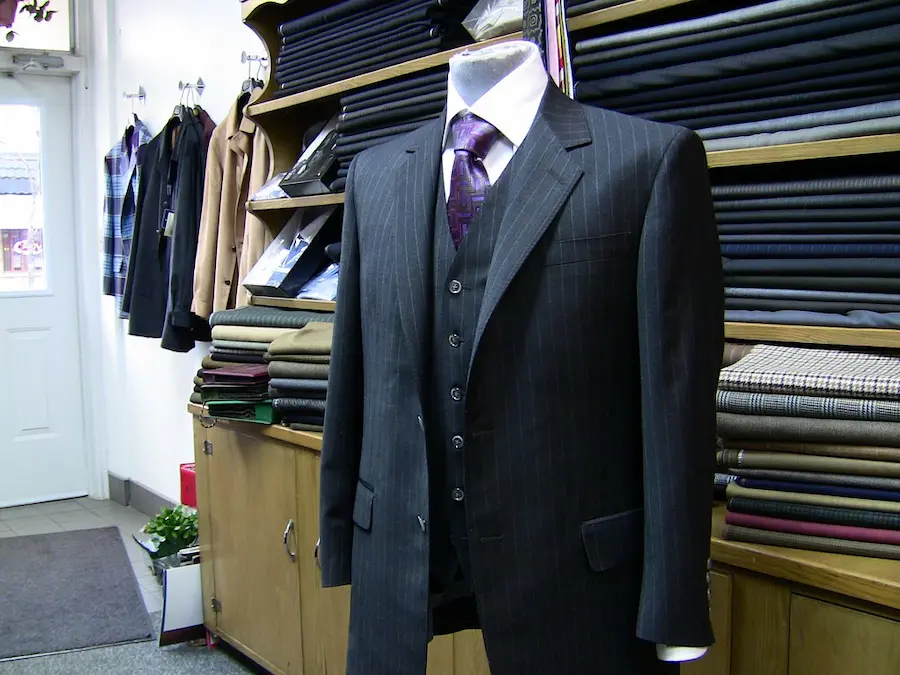
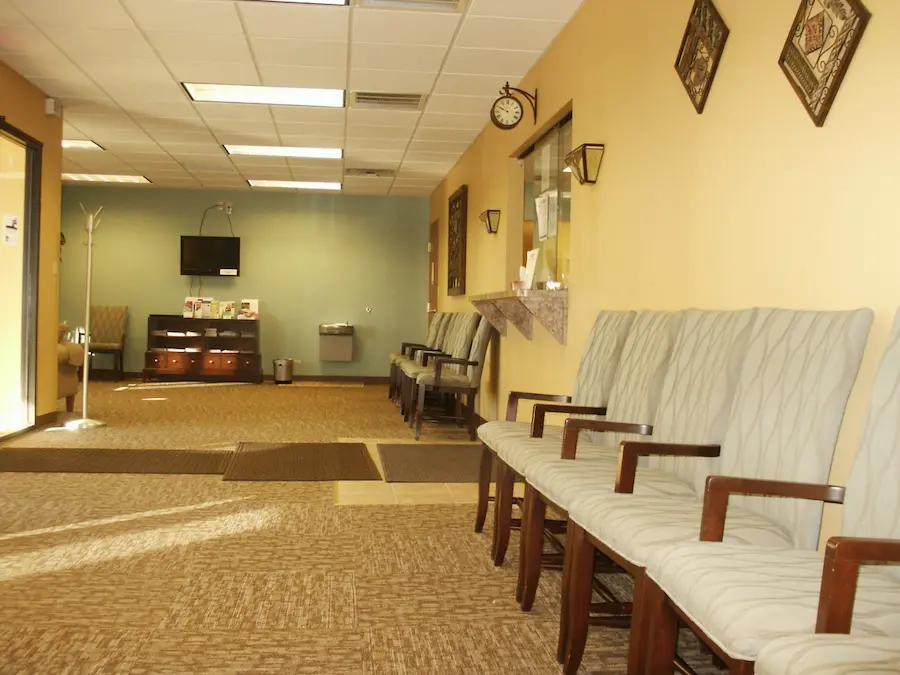






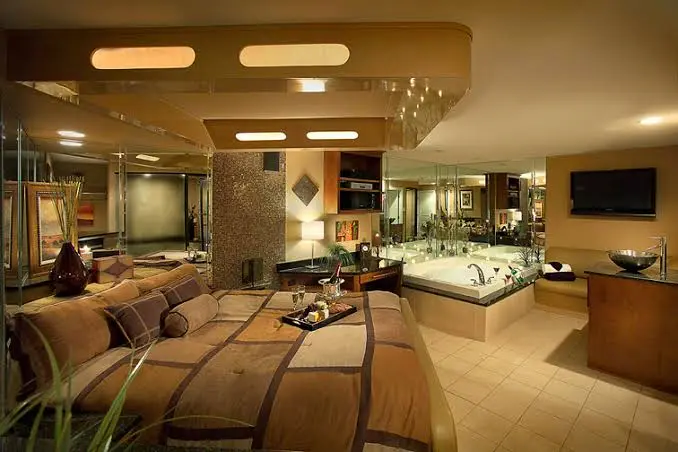
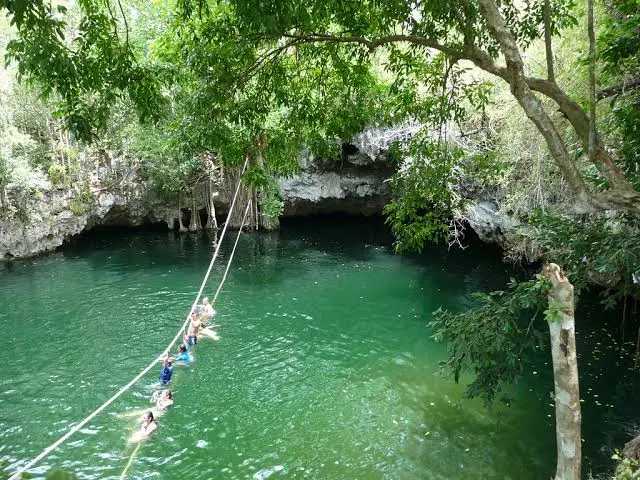



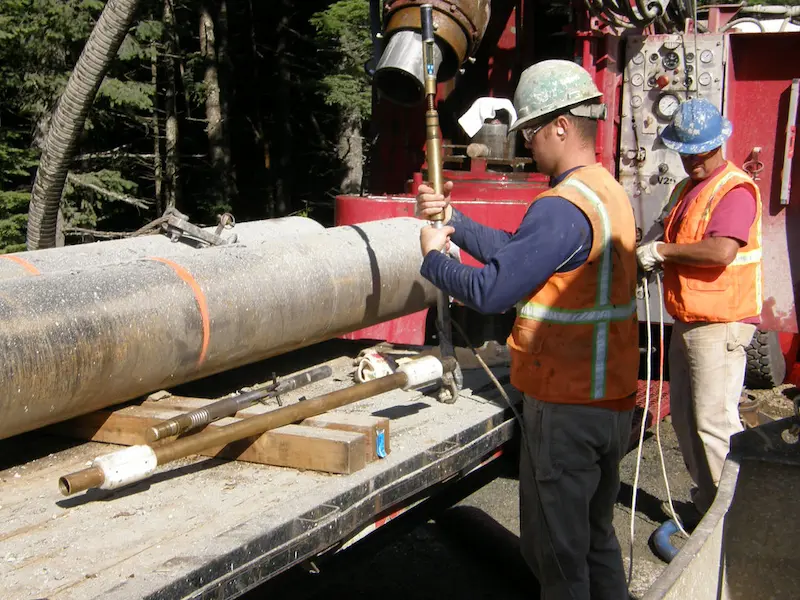













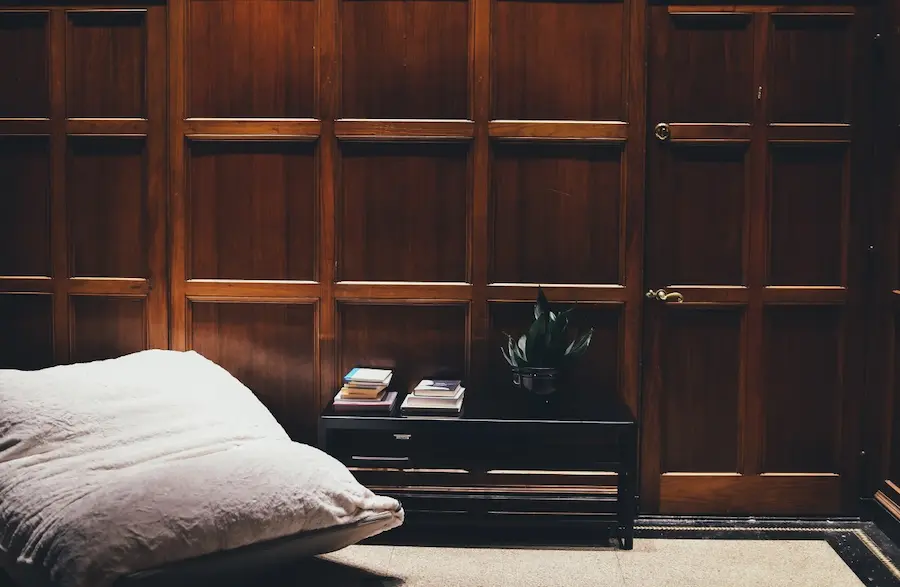




























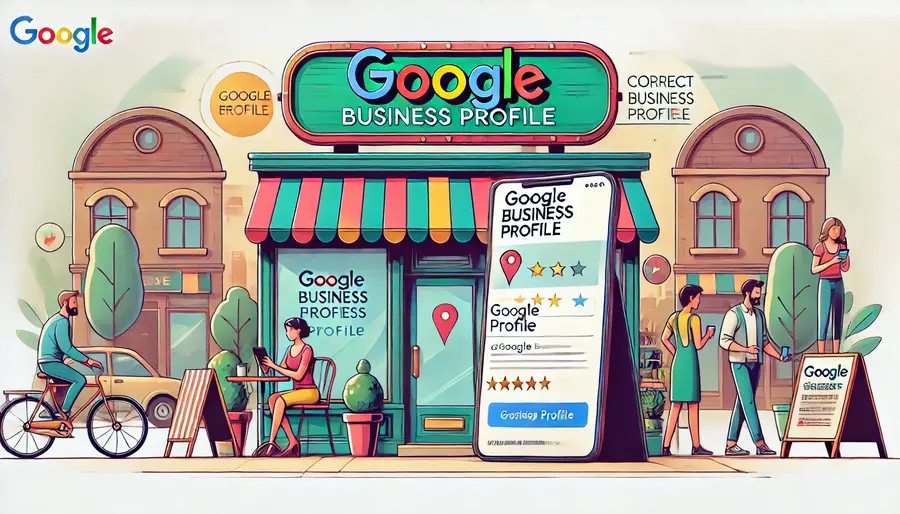
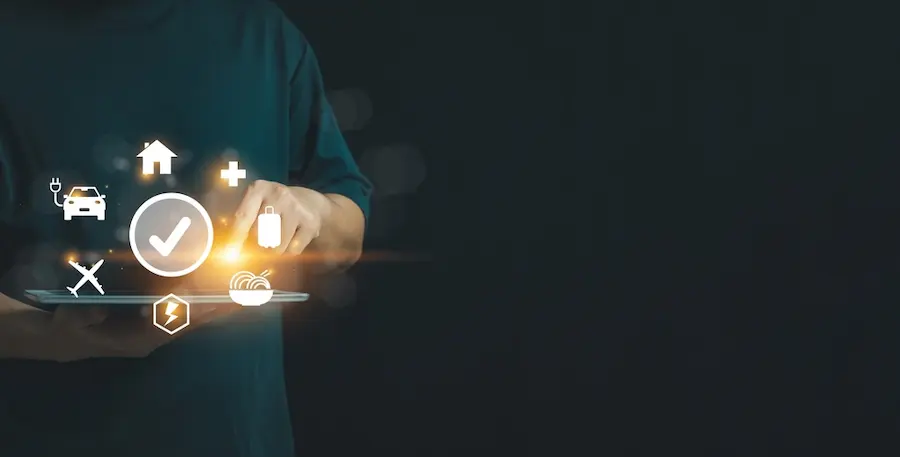



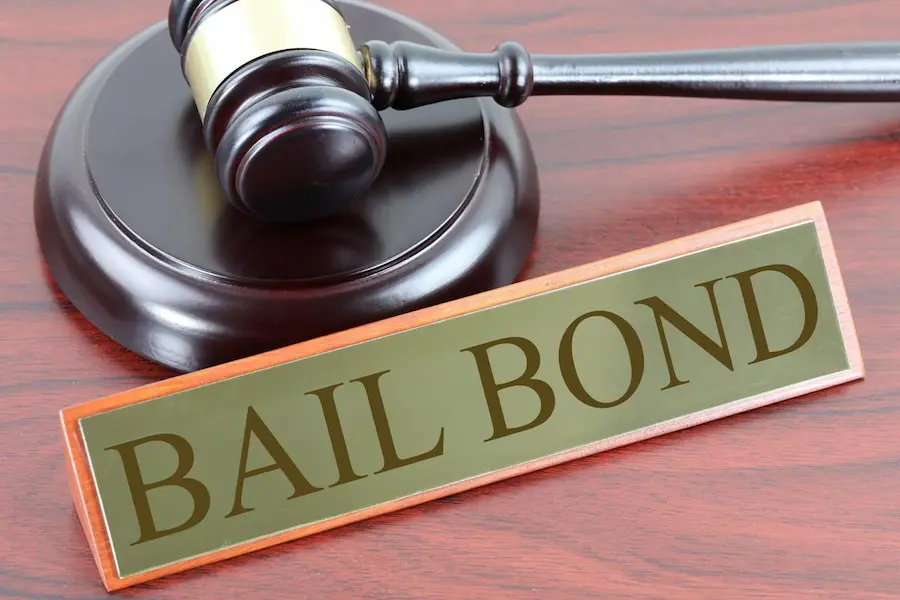








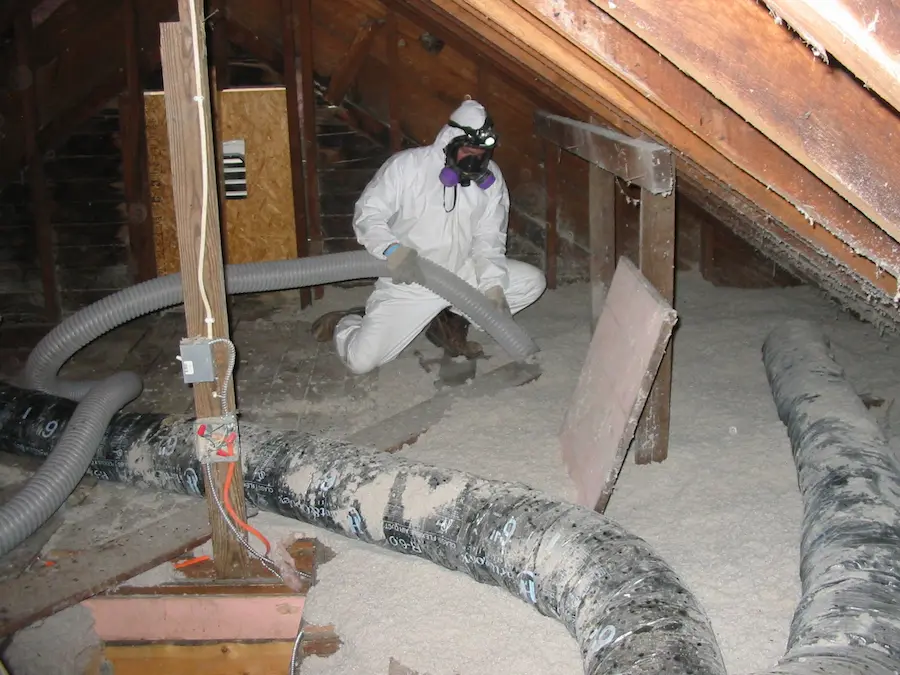
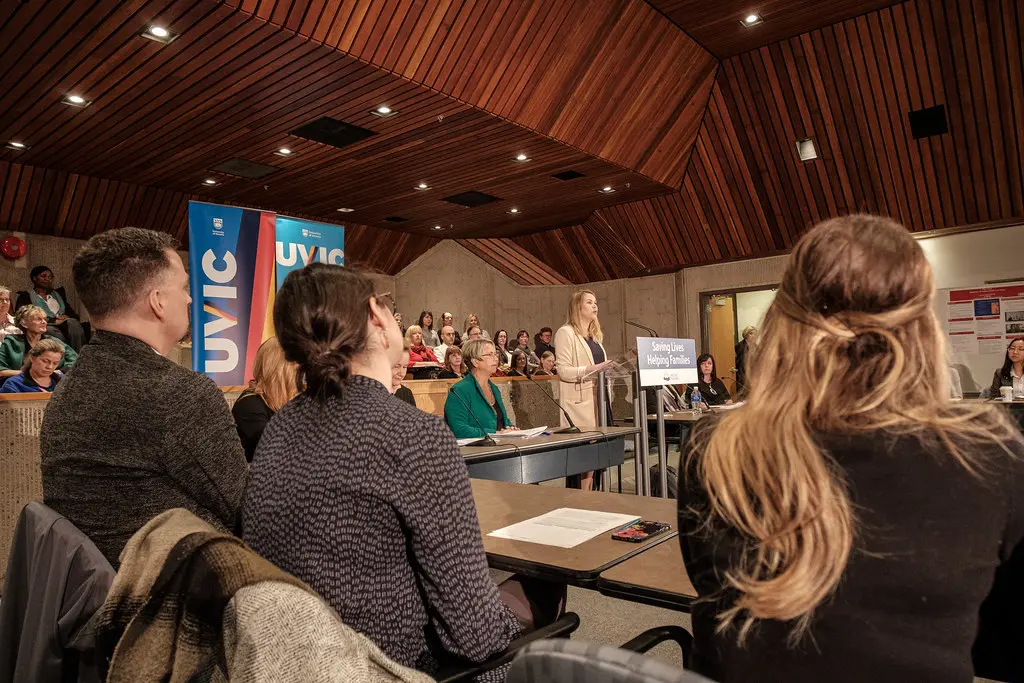

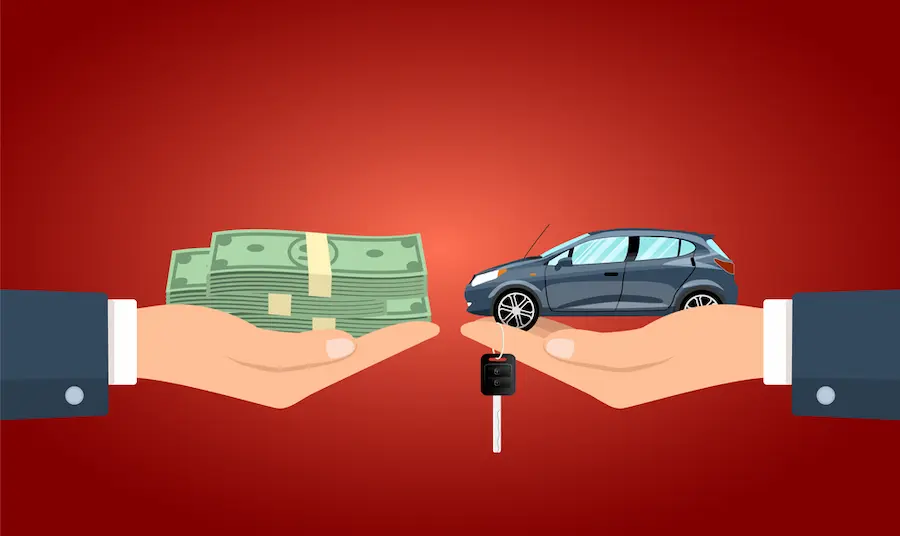



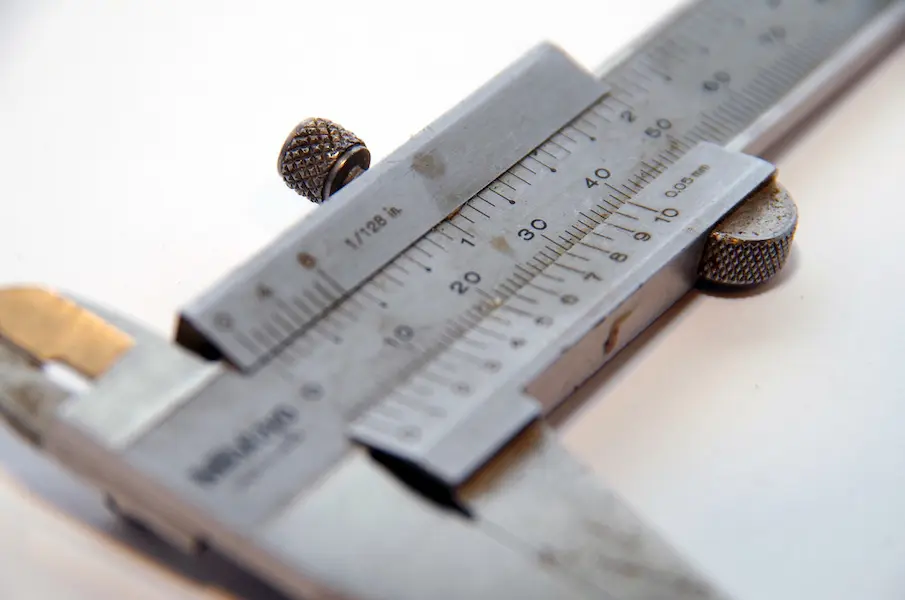
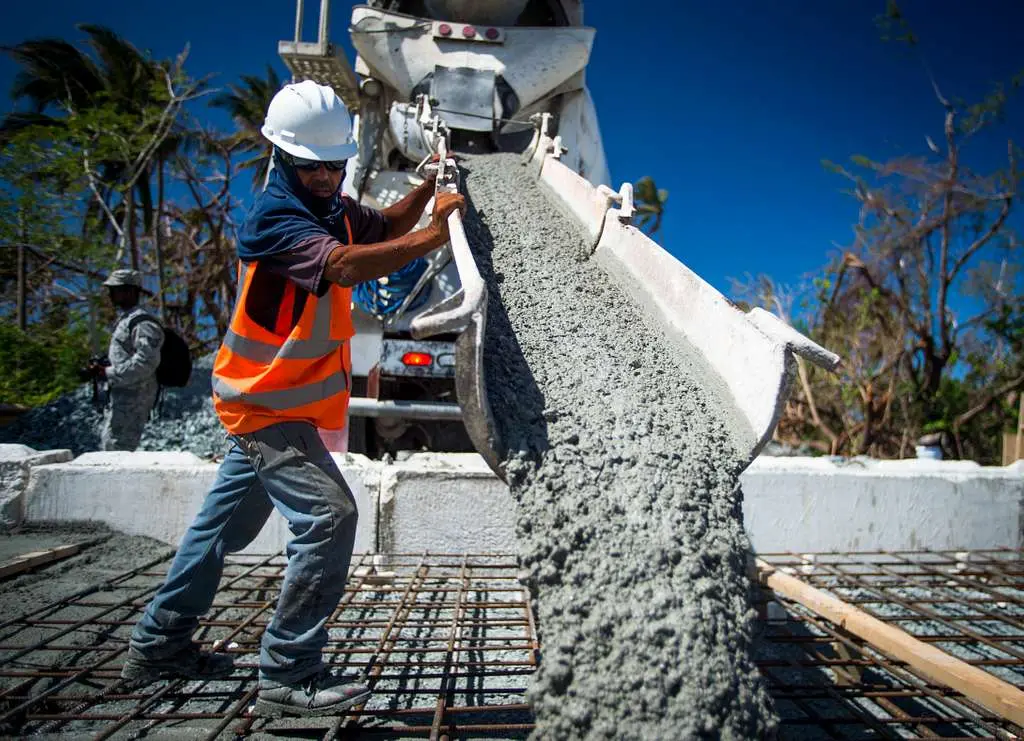

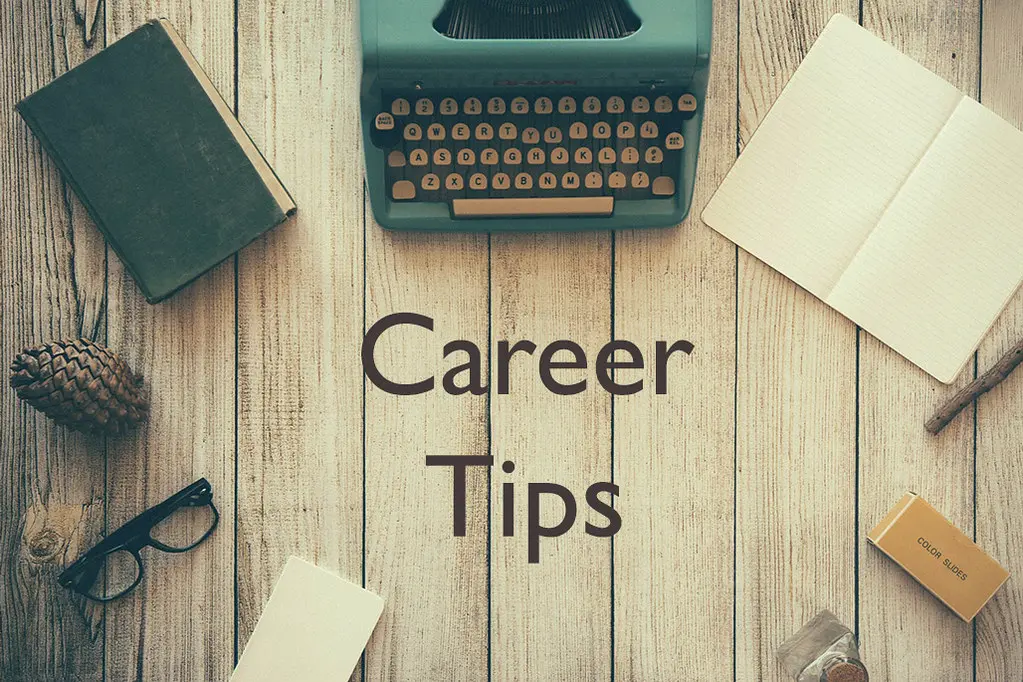

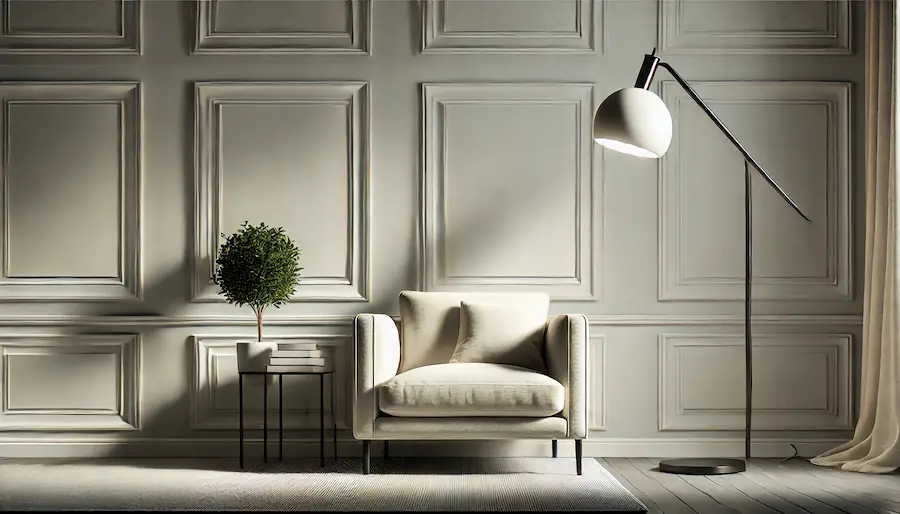





































































































































































































































































































































































































































































































































































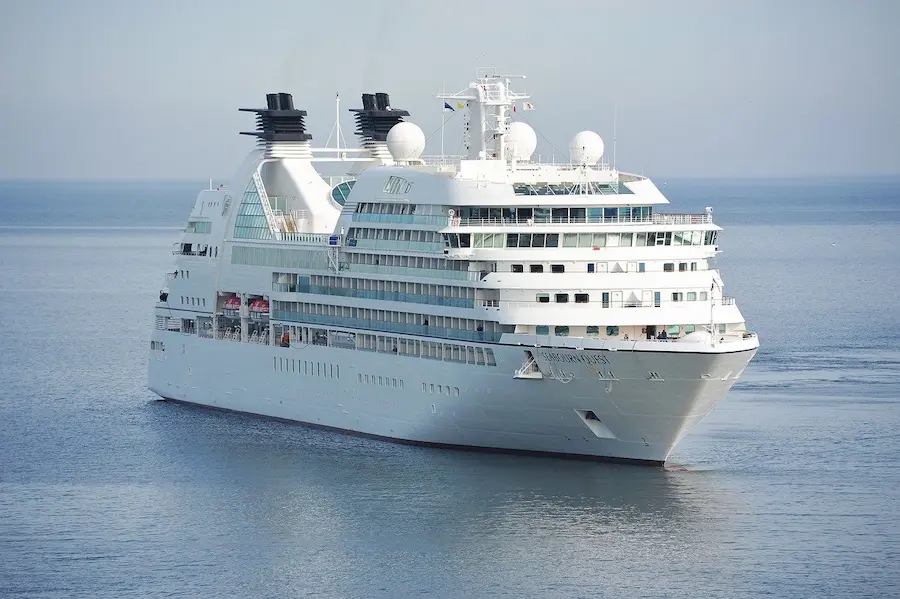


































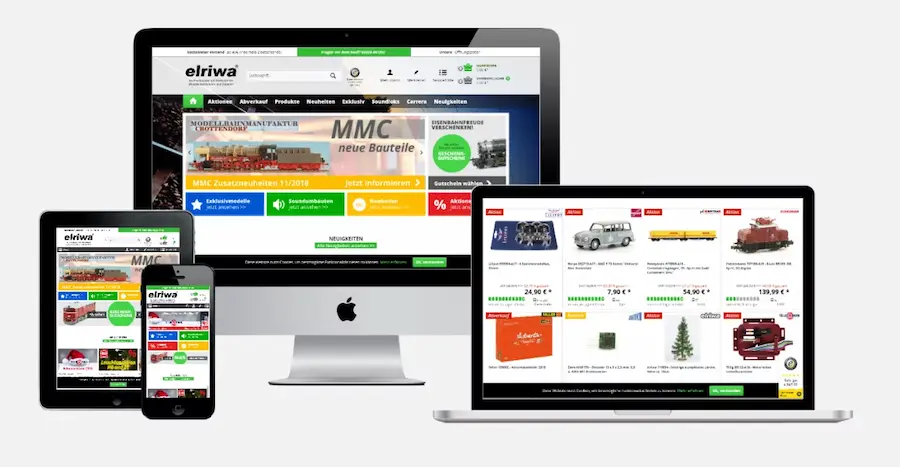


































































































































































































































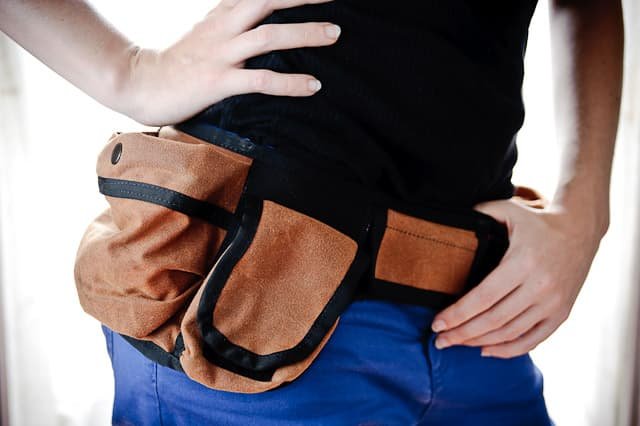
































































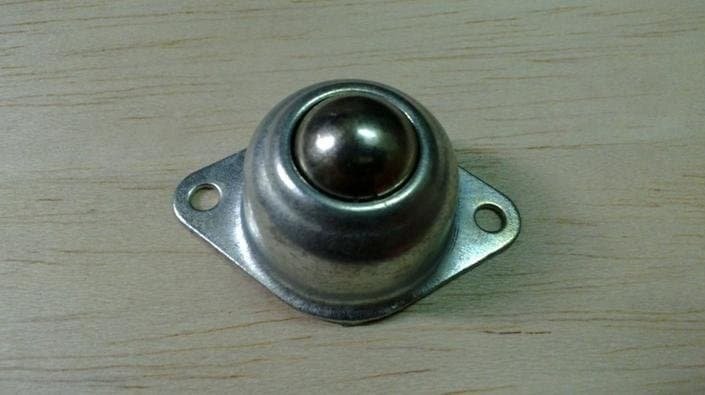










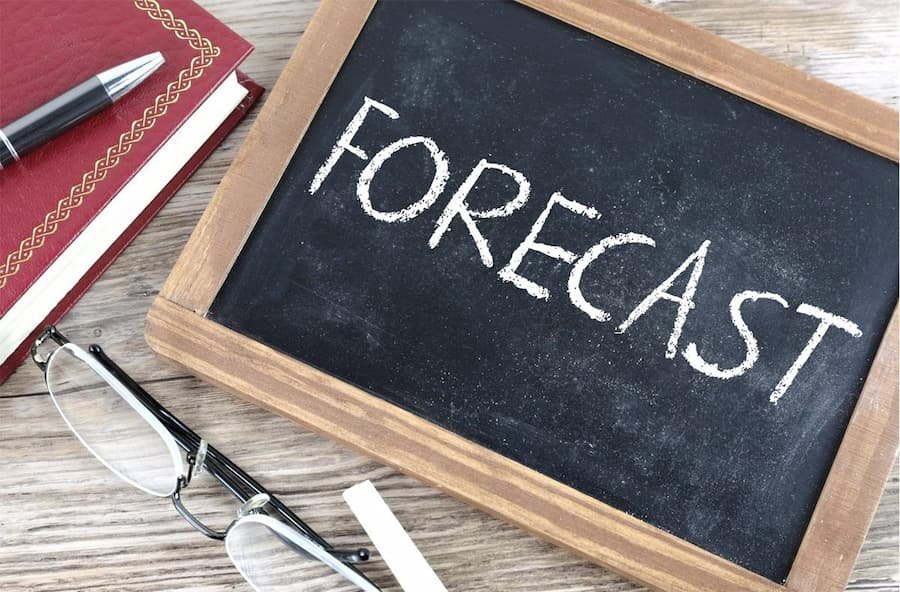






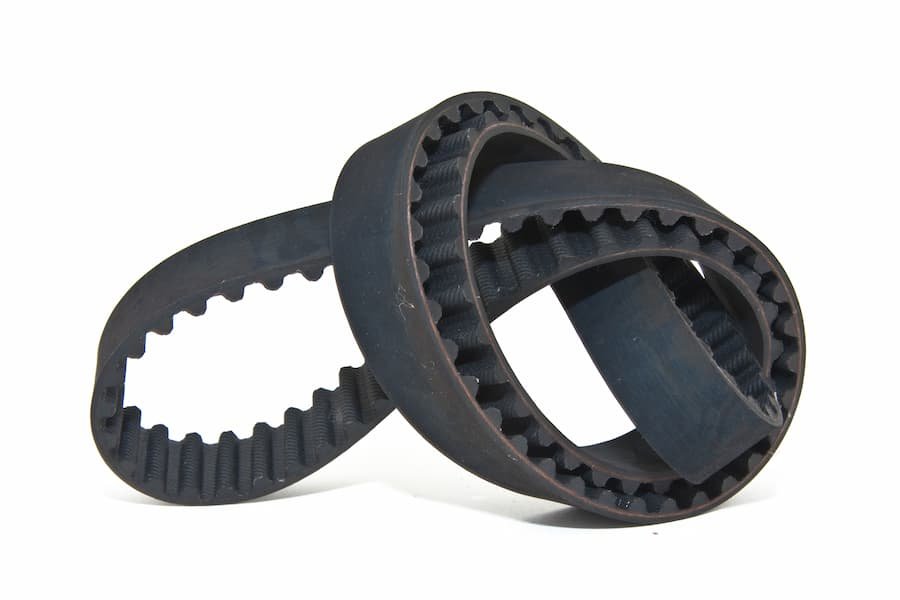


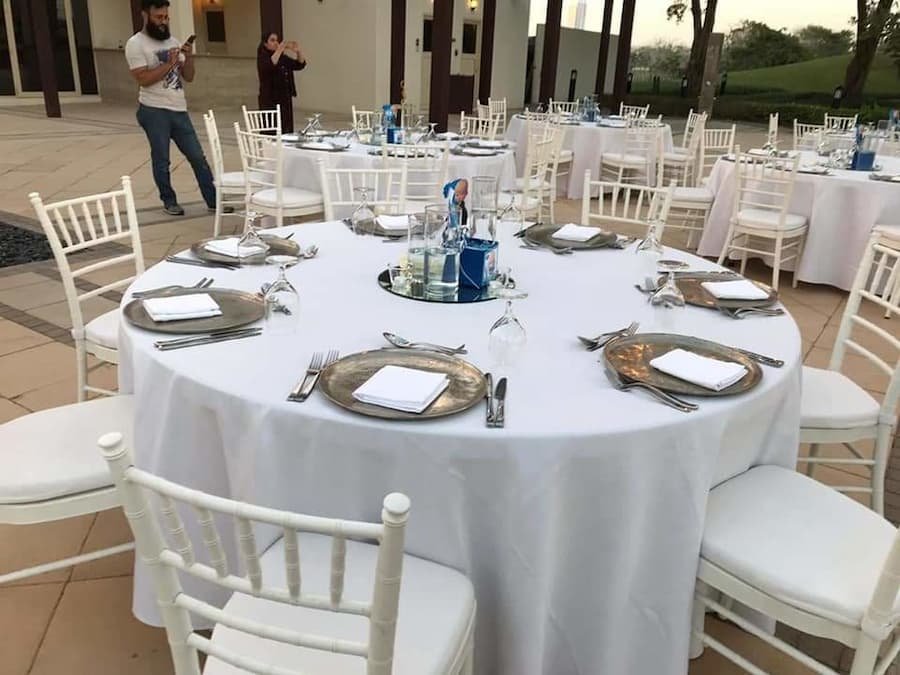
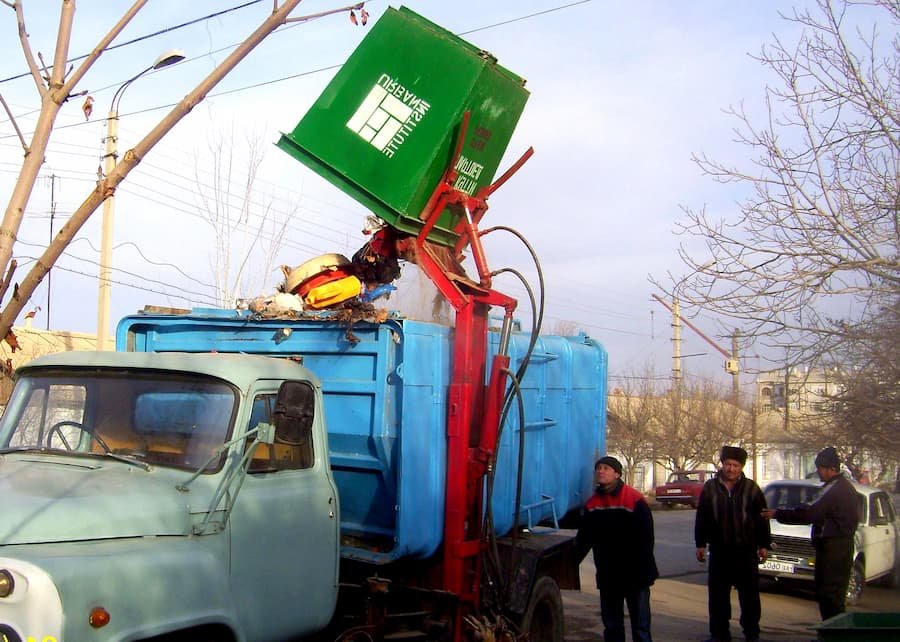













































































0